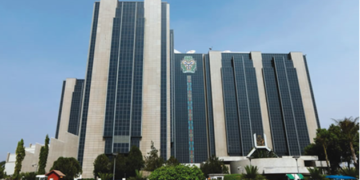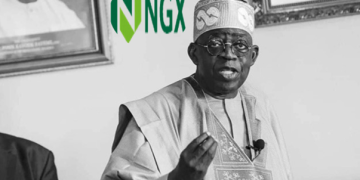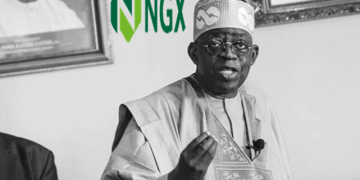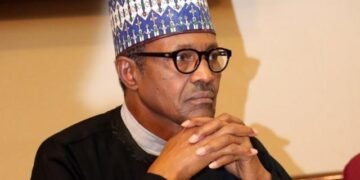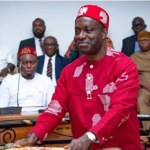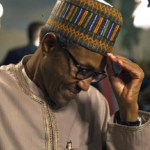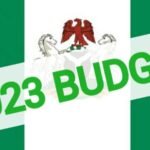The Federal Government (FG) spent more than a third of its 2024 budget servicing debt, according to the latest Budget Implementation Report for the fourth quarter of 2024 released by the Budget Office of the Federation.
The report revealed that total expenditure for the year stood at ₦34.49 trillion, slightly below the budgeted ₦35.05 trillion, but significantly higher than the ₦23.04 trillion spent in 2023 — a 49.7% increase year-on-year.
Out of the total spending, ₦12.06 trillion, representing 35.26% of the entire 2024 budget, went to debt service — underscoring the growing strain of Nigeria’s debt obligations on public finances.
Soaring Deficit and Rising Borrowing
The fiscal deficit widened to ₦13.51 trillion, exceeding the budget projection by ₦4.34 trillion or 47.33%, and up from the ₦10.55 trillion recorded in 2023.
The report attributed the financing of the deficit to a combination of domestic borrowing (₦6.06 trillion), foreign borrowing (₦3.37 trillion), multilateral/bilateral project-tied loans (₦1.98 trillion), and budget support (₦3.19 trillion).
By the end of December 2024, Nigeria’s public debt-to-GDP ratio climbed to 61.22%, breaching both the national threshold of 40% and the international benchmark of 56% for similar economies.
Revenue Growth Falls Short of Target
Despite the fiscal pressures, the report showed that total government revenue rose sharply to ₦20.98 trillion, up 68.11% from ₦12.48 trillion in 2023. However, it still fell short of the year’s projection by ₦4.89 trillion (18.92%), pointing to persistent revenue underperformance relative to spending.
Capital Spending and Recurrent Expenditure
A total of ₦8.53 trillion was spent on non-debt recurrent expenditure, which was ₦2.74 trillion (24.29%) lower than the budgeted ₦11.27 trillion. Nonetheless, it exceeded 2023’s actual non-debt recurrent spending of ₦7.08 trillion by ₦1.45 trillion (20.48%).
In the fourth quarter alone, non-debt recurrent expenditure amounted to ₦3.03 trillion, while statutory transfers totaled ₦435.7 billion.
The government also disbursed ₦5.81 trillion for capital projects and programmes across Ministries, Departments, and Agencies (MDAs). However, only ₦3.27 trillion (81.91%) of that amount was utilised by MDAs as of June 30, 2025, raising questions about the pace of project implementation.
Mounting Fiscal Risks
The report highlights Nigeria’s growing fiscal vulnerability as debt servicing continues to consume a significant share of national resources, even as deficits and borrowing remain elevated.
With the country’s debt-to-GDP ratio now well above sustainable limits, analysts warn that without substantial improvements in non-oil revenue mobilisation, expenditure efficiency, and economic diversification, fiscal pressures could further constrain growth and development in 2025.
Ifunanya Ikueze is an Engineer, Safety Professional, Writer, Investor, Entrepreneur and Educator.














